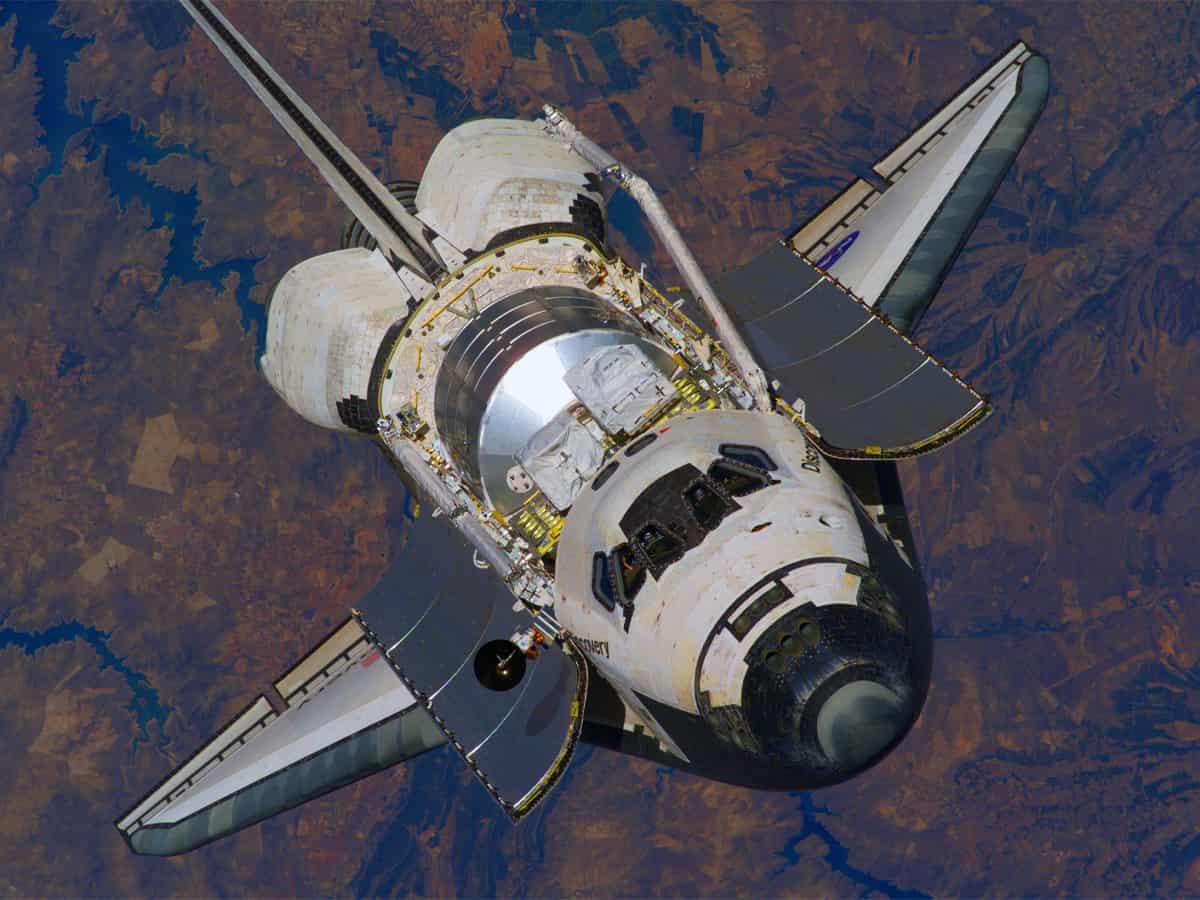
San Francisco: American aerospace company Launcher’s Orbiter spacecraft experienced a software anomaly and lost another of its vehicle following a successful liftoff.
Orbiter SN3 was designed to carry smaller satellites such as cubesats and place them into their proper orbits after separating from its launch vehicle.
The spacecraft which launched successfully on a SpaceX Falcon 9 on June 12, soon fell into an uncontrollable rotation following separation from its launch vehicle.
“Unfortunately, the initial set of telemetry received indicated that the vehicle was experiencing an anomaly in which a high rate of rotation was imparted on the vehicle from its onboard attitude control system,” the company said in a statement.
In addition, Orbiter faced critically low fuel and battery levels, because the craft’s rotation prevented its solar panels from receiving the necessary sunlight to maintain power.
This forced the company to deploy customer payloads earlier than scheduled, rather than risk non-deployment, Launcher said.
The spacecraft carried the payloads of three separate customers — Starfish Space’s Otter Pup demo satellite, cubesats from Innova Space and TRL11, a space startup developing video for in-space applications.
The company said that all three customers confirmed contact with their spacecraft.
But due to early deployment Starfish’s Otter Pup demo satellite faced high rotation, which meant that SN3 “will not be able to serve as a docking target for Starfish Space’s Otter Pup”, it added.
To save Orbiter SN3, Launcher commanded the shut down of all non-critical vehicle systems in an attempt to put the vehicle in a net power positive state.
The vehicle complied, but remained slightly power negative. Unfortunately, the state of charge of the spacecraft slowly decreased and contact with Orbiter SN3 was eventually lost.
The team continues to attempt contact with the vehicle in the event of a recovery, the company said.
“We would like to sincerely apologise to our customers and their teams, partners and end customers for this mission degradation.”
After analysis, Launcher said the root cause of the anomaly seems to have been a software issue.
“We have begun the implementation of corrective action to ensure this anomaly does not occur again on future missions and that the vehicle is more robust to this type of error,” the company said.
SN3 was Launcher’s second Orbiter spacecraft to launch into space.
Earlier in February, the company lost its first spacecraft, SN1, when it suffered an orientation control issue that prevented it from generating enough power after launching it aboard SpaceX’s Transporter-6 mission.
Orbiter’s next flight will be SN5, and is scheduled for a February 2024 launch as part of SpaceX’s Transporter-10 mission.
Launcher also indicated two additional flights scheduled to take place sometime next year.
